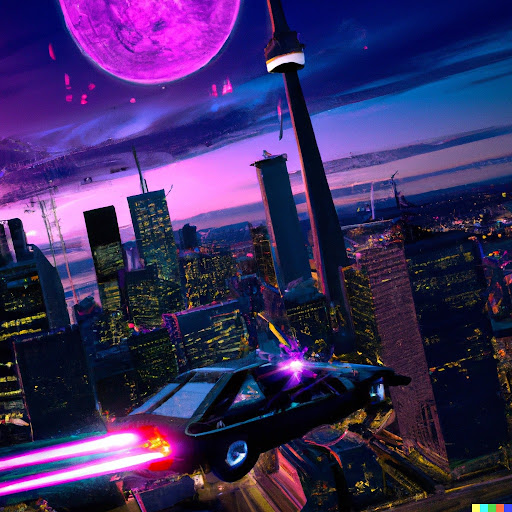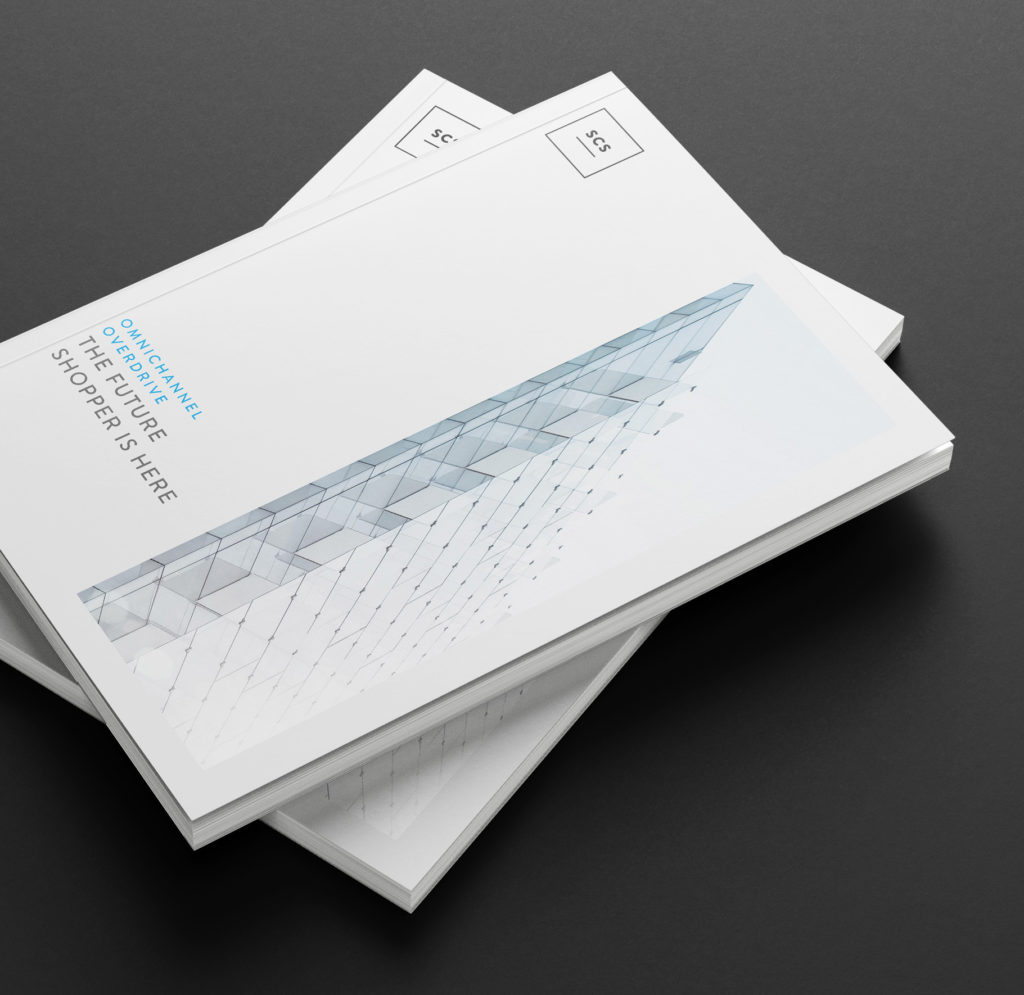
Photo credit: Dall·E 2
For this week’s issue we’re powering up the Delorean and going to Toronto, where one of our favorite partners, Trend Hunter, hosted their global Future Festival. Themed around “Decode the Return”, the 3 day (and night) event involved insights presentations, trend safaris and workshops designed to arm attendees with the tools they need to navigate the next wave of societal change for their businesses. With the combination of a major crisis that is causing people to reprioritize what’s important to them and a rapid acceleration of technological change, we are at a global cusp that is both a tremendous opportunity for those who act on it, and a major threat for those who don’t. Here are 5 takeaways from the event.
After a crisis, consumers reprioritize what’s important to them
From the festive focus of the “original” Roaring Twenties to a prioritization of security after 9/11, crises cause us to reflect on what matters most and, more often than not, create new sets of priorities. These shifts in priorities are not culturally homogenous. With Covid, lockdowns have caused some to place an absolute prioritization on freedom from government intervention, more time at home with family has caused many to prioritize their relationships and work-life balance, high-risk individuals prioritize new, safer ways of living. And of course, there are those who just want to get out and really party again at nightclubs and festivals, kind of like the original Roaring Twenties. The net net is that we’re entering a new era where customers aren’t going to be looking at the world the same way they did three years ago, and that’s going to have an immense impact on what they want to buy and how they want to buy it.
There are four lenses people will see a post-Covid world through
Trend Hunter CEO Jeremy Gutsche presented four lenses that we face the post-Covid future through, and it’s nice to have just four boxes for such a complex challenge. The framework is based on two axes. Either a person just goes “Back to Living” or they see the world as “Changed.” Across that, either Covid is here to stay, or it’s just going to go away. (We’re going to just avoid the lens that Covid doesn’t even exist.) Using these as axes, people fall into four groups of perception that affect their behavior, which may shift depending on potential resurgence of future mutations. On the “here to stay” side are “Treat it Like a Flu” and “Life Abnormal”, the latter taking a more risk-averse approach to living. On the “goes away” side are “High Five”, and “Altered Comfort”, with the former just going back to the high fives we traded for elbow bumps.
The next 5 years will see as much change as the last 10
One of the most interesting questions Gutsche asked was “how fast will things change?” It’s a difficult question to answer. How fast is a piece of string? What are “things?” By taking data from a vast range of sources ranging from reduction in global poverty and increasing literacy rates to processor speeds and other indicators of change, data science shows sequences of constantly shortening periods. Putting these into a trendline, the next 5 years will see as much change as the previous 10. With global economic woes just one of the challenges we’re facing, it’s interesting to note that many of today’s largest companies saw their first major steps made during times of economic crisis. The acceleration of change will only increase the potential for startups and existing companies who innovate to take massive strides.
“Microgenerations” provide better insight than traditional generational segmentation
Armida Ascano broke down the nuances of microgenerations within our traditional view of generations, and outlined how each is responding to covid, often in ways that go against our traditional views. For example, Millennials are leaving cities while Baby Boomers are turning to social media and connective technology. Microgenerations provide better granularity in understanding groups by age. For example, older Gen Z is entering adulthood in a post-Covid world, while younger Gen Z won’t remember the world before the pandemic. The differences this will create in their worldviews are vast, and worthy of deeper exploration and research to understand what your “new” customer base looks like.
Nearly all CEO’s feel innovation is critical; half think their companies aren’t doing it
With all this change going on, to say that innovation is critical is an understatement. Companies like Smith Corona and Kodak who respectively invented the digital word processor and digital camera clearly had some innovation going on within their companies, but legacy business operations and culture prevented them from putting anything into effective action. While PwC research indicates that 97% of CEOs feel innovation is critical, multiple questions about their ability to put it into action from Trend Hunter indicate that about half aren’t effectively putting that belief into action, with one of the most interesting challenges cited as a lack of time to bring new ideas to life. Perhaps a challenge that can be solved by outsourcing some of the effort to innovative partners. *cough*

